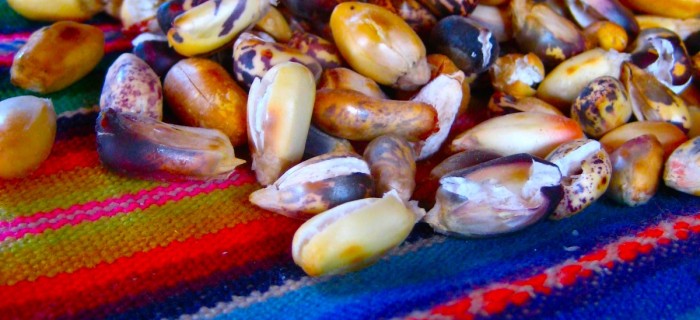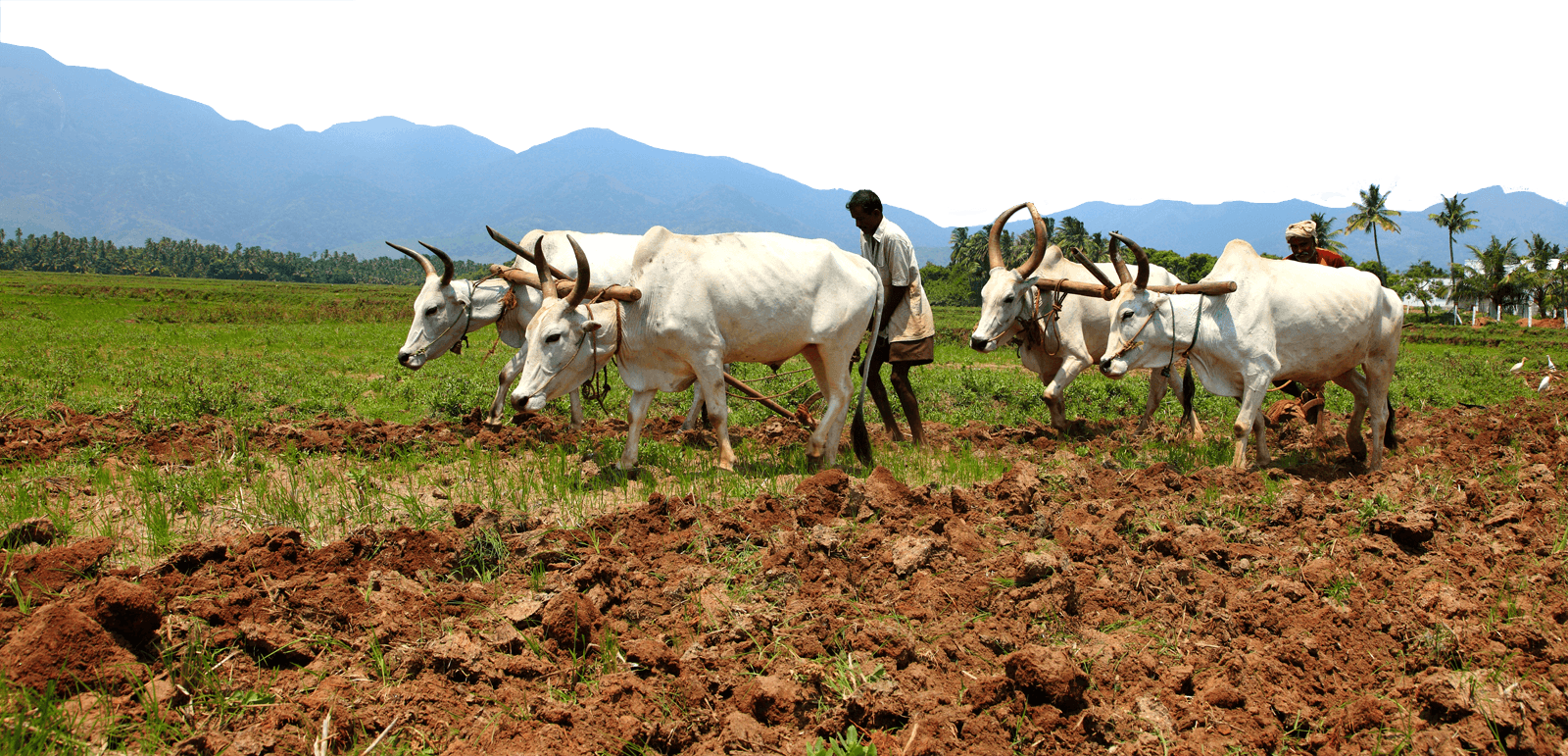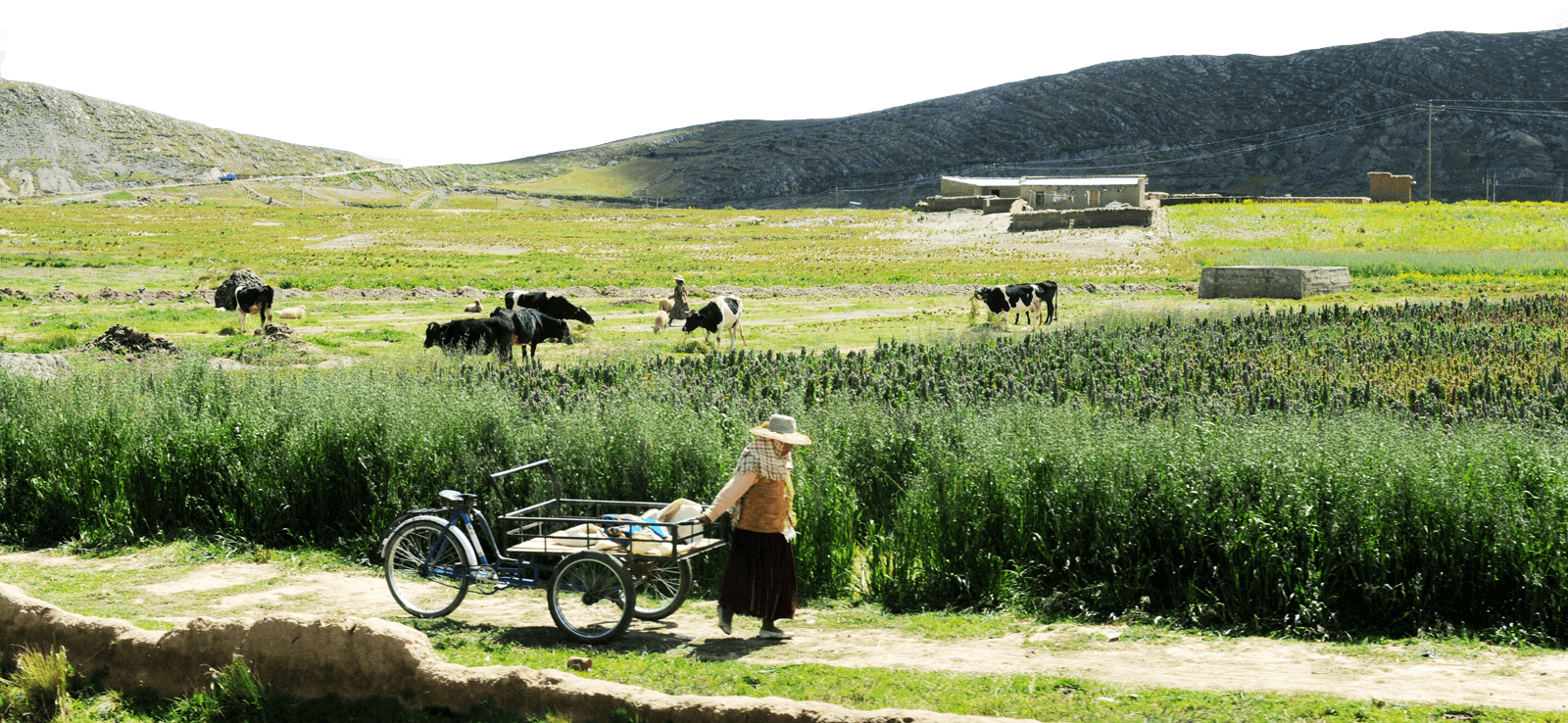We Already Grow Enough Food for 10 Billion People… and Still Can’t End Hunger
In the Journal of Sustainable Agriculture, 36:595–598 (2012)
A new a study from McGill University and the University of Minnesota published in the journal Nature compared organic and conventional yields from 66 studies and 316 trials (Seufert et al. 2012). Researchers found that organic systems on average yielded 25% less than conventional, chemical-intensive systems—although this was highly variable and context specific. Embracing the current conventional wisdom, authors argue for a combination of conventional and organic farming to meet “the twin challenge of feeding a growing population, with rising demand for meat and high-calorie diets, while simultaneously minimizing its global environmental impacts” (Seufert et al. 2012, 3).
Unfortunately, neither the study nor the conventional wisdom addresses the real cause of hunger. Hunger is caused by poverty and inequality, not scarcity.
For the past two decades, the rate of global food production has increased faster than the rate of global population growth. According to the Food and Agriculture Organization of the United Nations (2009a, 2009b) the world produces more than 1 1/2 times enough food to feed everyone on the planet. That’s already enough to feed 10 billion people, the world’s 2050 projected population peak. But the people making less than $2 a day—most of whom are resource-poor farmers cultivating un-viably small plots of land—cannot afford to buy this food.
In reality, the bulk of industrially produced grain crops (most yield reduction in the study was found in grains) goes to biofuels and confined animal feedlots rather than food for the one billion hungry. The call to double food production by 2050 only applies if we continue to prioritize the growing population of livestock and automobiles over hungry people.
To access the full article, please visit Taylor Francis Online. Access may require subscription.


 Help Food First to continue growing an informed, transformative, and flourishing food movement.
Help Food First to continue growing an informed, transformative, and flourishing food movement.




